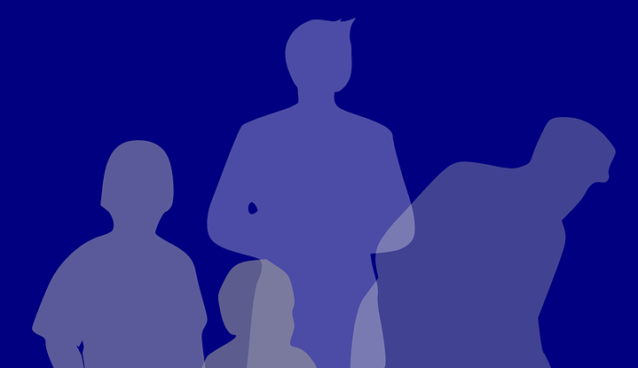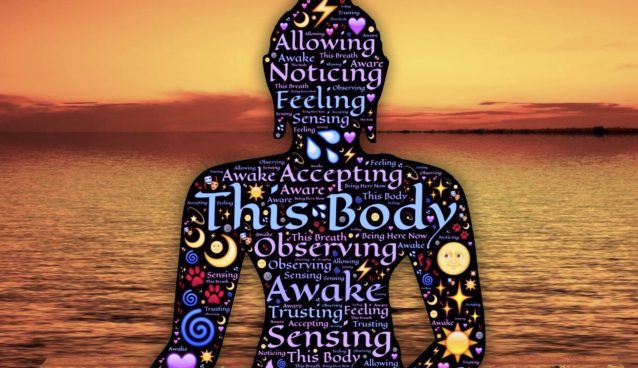Growth and Development
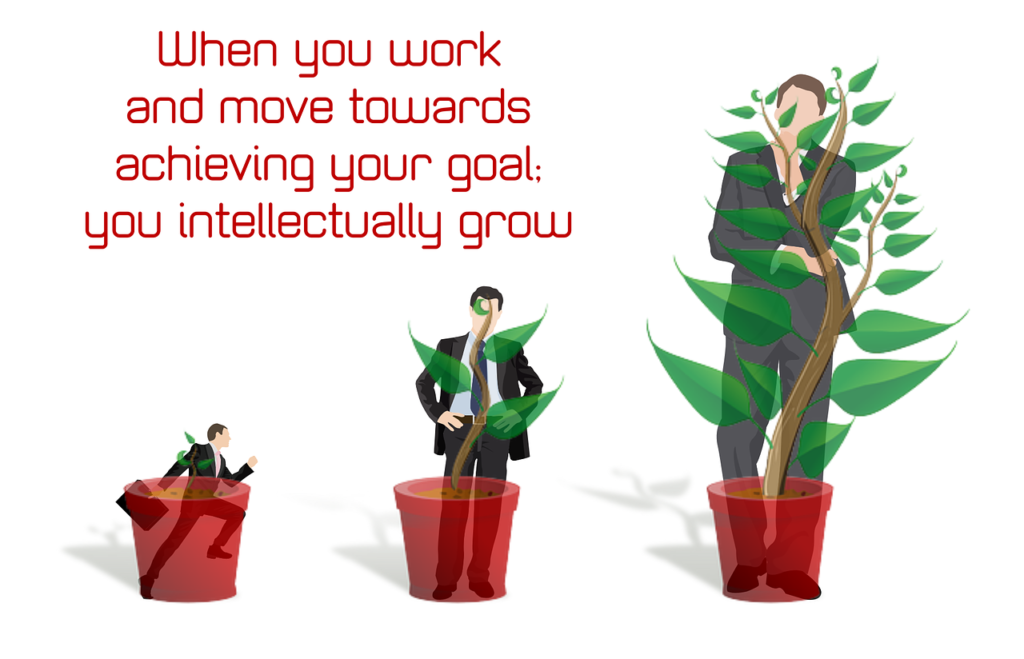
Table of Contents
Introduction
According to its wider concept, Education is called a dynamic process. This process starts from the birth of a child and continues till his death. In other words, it can be said that process of education goes on through out the life of a child. This is why many educationists termed education as a process of Growth and Development.
When a child is born some inherent potentialities and possibilities lie hidden in him. As a seed carries the possibility of developing into a plant and a plant into a big tree, similarly a child has the possibility of developing into grown-up individual through different stages of development. But the physical growth of child is not the only sign of his development.
A child’s development simultaneously contains the physical growth as well as the psychological development inter-wined. Education is closely connected with mental capabilities of a child. So when we say education as a process of development we mean to say it is a process of self-development of child. Here, self-development means “continuous modification of behaviour in the light of experience”.
Growth and Development : Meaning
Since the two processes of growth and development are inter-related and inter-dependent, many of the psychologists have often used any one of the two terms for the other. In spite of the fact that many psychologists have wanted to mean growth as the increase in volume (length, breath, height) and weight which means quantitative change of the body of a child.
Arnold Gesell, an American child psychologists says, “Growth is a function of the organism rather than of the environment as such”.
The organs of a human body will grow if it gets its natural requirements from the environment. On the other hand, by the word development we understand that change in physical and mental power of an individual by which he can perform any type of worldly activities more efficiently. As for example, it can be said that when a child learns how to walk, he cannot run but as he becomes older, he can run. Here, we can call acquisition of his capability of running is the development of his physical power, not growth in the ordinary sense of the term. In this connection, we should remember that the two processes of growth and development are closely connected with each other. If the body does not grow properly, his psychological power cannot develop in the true sense of the term.
Crow and Crow suggested, ” Growth refers to Structural and Physiological Changes and development is concerned with growth as well as those changes in the behaviour which results from environmental situations”.
It is not proper to use growth in its narrow sense. If we use the word ‘growth’ in its broad sense and in its affinity the word ‘development’, then and then only we will able to realize the exact meaning attached to them in connection with the education of the child.
Growth
The term ‘growth’ is used in purely physical sense.
- It is generally refers to an increase in size, length, height and weight.
- Changes in the quantitative aspects comes into the domain of growth.
- It does not continues throughout the life.
- It stops when maturity has been attained.
Development
Development is a wider and comprehensive term. Quantitative and qualitative aspects comes into the domain of development.
- It refers to overall changes in the individual.
- It indicates changes in the quality or character of an individual.
- It implies improvement in the different parts of the body of the individual. It covers functional improvements of physical parts of the body.
- It implies improvement in the functioning and behaviour of an individual. Social, emotional and intellectual aspects of an individual.
Stages of Growth and Development
Life’s journey begins with the conception in the womb of the mother.
Pre-natal Period :- The approximate nine month period spent in mother’s womb is known as the pre-natal period.
Post-natal period :- A child when emerges from the internal environment (womb) and has its first contact with the external environment is called the beginning of post-natal period. It is the beginning of computation of chronological age.
The post-natal period is divided in five stages or periods –
- Infancy – From birth to 2 years
- Childhood – From 3rd year to 12 year -(a) Pre-childhood – From 3rd year to 6th year -(b) Later childhood – From 6th year to 12th year
- Adolescence – From 13th year to 19th years, or in a strict sense from the onset of puberty till the attainment of maturity.
- Adulthood – From 20th year to 60th year, or in a strict sense from attaining maturity to the age one ceases to produce one’s own kind.
- Old age – From 61st year onwards, or in a strict sense from the end of the reproduction capability till death.
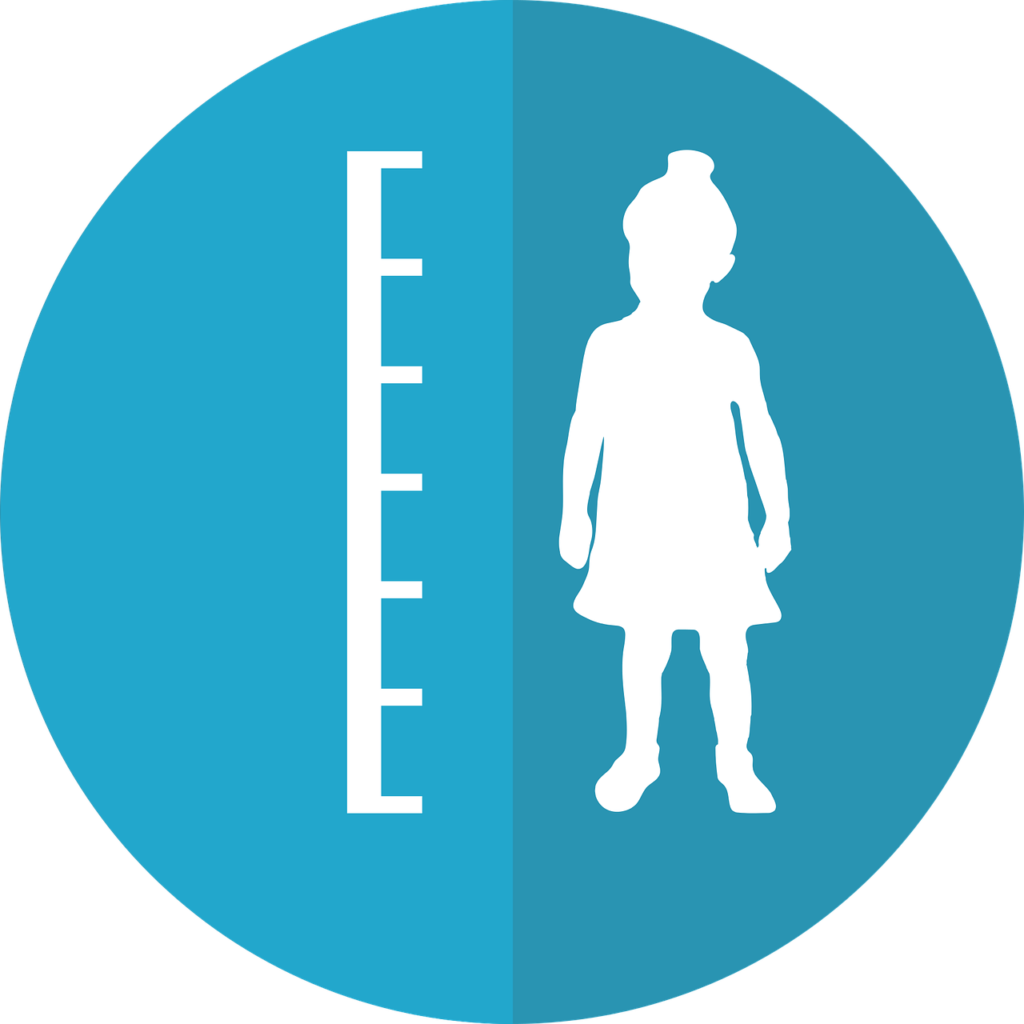
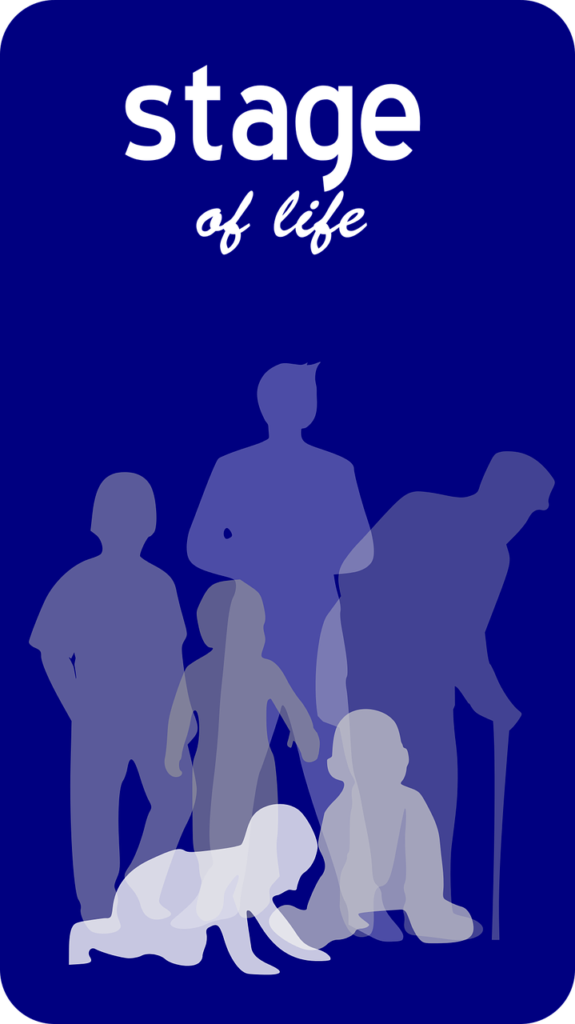
Principles of Development
Development, although an individual phenomenon, it has some characteristics. It seems that it is operated by some general principles.
- Principle of Continuity :- Development follows the principle of continuity which means it is a never ending process. It starts with conception and ends with death.
- Principle of Uniformity of Pattern :- The cognitive abilities, physical, psycho-social, moral development follows a uniform sequence spread over different development stages.
- Principle of Lack of Uniformity in Development Rate :- Development does not exhibit steadiness and uniformity in terms of the rate of development in various dimensions of personality.
- Principle of Individual Differences :- Development of different individuals follows different rates and outcomes in various dimensions.
- Principle of General to Specific :- Development proceeds from general to specific responses. In every area, child learns general responses and continuously these responses become specific.
- Principle of Predictability :- Development is predictable, which means with the help of the uniformity of the pattern and sequence of development, we can to a great extent, forecast the general nature and behaviour of a child in one or more aspects of personality.
- Principle of Interaction :- The process of development involves active interaction between the forces within the individual (heredity) and the forces belonging to his environment.
- Principle of Intersection :- The various aspects or dimensions of one’s growth and development are inter-related. A healthy body tends to develop a healthy mind and an emotionally stable and socially conscious personality.
- Principle of Spiral Advancement :- The path followed in development by the child is not straight or linear, it follows a spiral advancement. After some amount of development, there is a consolidation period, then again moves, i.e. in advancing, development turns back and then moves forward again in a spiral pattern.
Differences Between Growth and Development
Growth – It refers to the quantitative aspect of the personality.
Development – It refers to the quantitative as well as qualitative aspect of the personality.
Growth – It means increase in size, length, height and weight of an individual.
Development – It means mental, physical, social, moral, emotional changes of an individual.
Growth – For growth, it is changes in size and proportions of the physical organs.
Development – For development, it is changes in size as well as proper working or functioning of the physical organs.
Growth – It stops when maturity has been attained.
Development – It is a continuous process. It starts right from conception and continues throughout the life span.
Growth – It is a less complex process and very specific. It is fairly easy to observe and measure.
Development – It is a more complex process. It is quite difficult for actual assessment and measurement.
Growth – It does not guarantee functional improvement or development.
Development – It may be possible without proper growth.
Conclusion
Some of the modern psychologists have tried to make a difference between growth and development. According to the them, growth is quantitative and development is qualitative change. On the other hand, many of the modern psychologists have admitted that in the personality development of the child, it is very difficult to make a difference between the contribution of growth and development.
John Dewy, an eminent philosopher, has not made any difference. John Dewey said, ” When it is education is development, everything depends upon how development is conceived. Our net conclusion is that life is development, and that developing and growing is life”.
It is not proper to use growth in its narrow sense. If we use the word ‘growth’ in its broad sense and in its affinity the word ‘development’, then and then only we will able to realize the exact meaning attached to them in connection with the education of the child.
Education acts as a life-long process by maintaining a close connection with this growth and development of the child.
